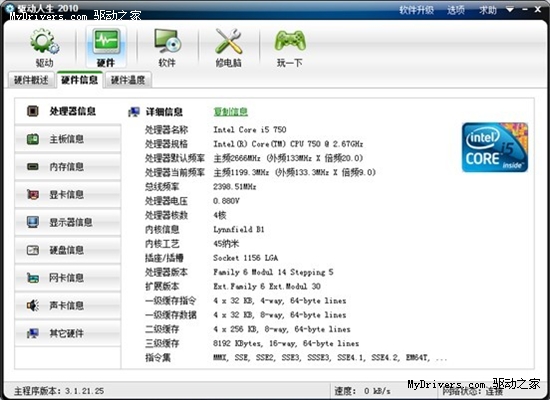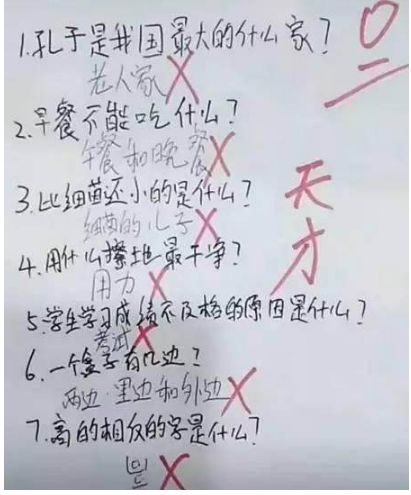在web开发中,经常需要开发“下载”这一模块,以下给出一个简单的例子。
在服务器端,使用java开发:
@RequestMapping(value = "download.html", method = RequestMethod.GET) public void download(String resourceid, HttpServletRequest request, HttpServletResponse response) { response.setContentType("charset=UTF-8"); File file = new File(path); response.setHeader("Content-Disposition", "attachment; filename=a"); BufferedInputStream bis = null; BufferedOutputStream bos = null; OutputStream fos = null; InputStream fis = null; try { fis = new FileInputStream(file.getAbsolutePath()); bis = new BufferedInputStream(fis); fos = response.getOutputStream(); bos = new BufferedOutputStream(fos); int bytesRead = 0; byte[] buffer = new byte[5 * 1024]; while ((bytesRead = bis.read(buffer)) != -1) { bos.write(buffer, 0, bytesRead); } bos.flush(); }catch(E e){ }finally { try { bis.close(); bos.close(); fos.close(); fis.close(); } catch (IOException e) { e.printStackTrace(); } } } 当我们在前端请求这个地址时,服务器先找出文件,设置响应头,然后通过流输出到浏览器端。
浏览器在头中发现该响应的主体是流文件,则自动会调用另存为的窗口,让用户保存下载。
这里有个关键就是Content-Disposition这个头属性,Content-Disposition是MIME协议的扩展,用于指示如何让客户端显示附件的文件。
它可以设置为两个值:
inline //在线打开
attachment //作为附件下载
这里我们设置的值为attachment,所以可以被识别为附件并下载。
上面讲了如何写服务器端,下面讲前端如何请求。
前端请求有三种方式:
1.Form
<form action='download.html' method='post'> <input type='submit'/> </form>
2.iframe
var iframe = "<iframe style='display:none' src='download.html'></iframe>" body.append(iframe);
当iframe被append到body中时,会自动请求下载链接。
3.open
window.open("download.html"); 














